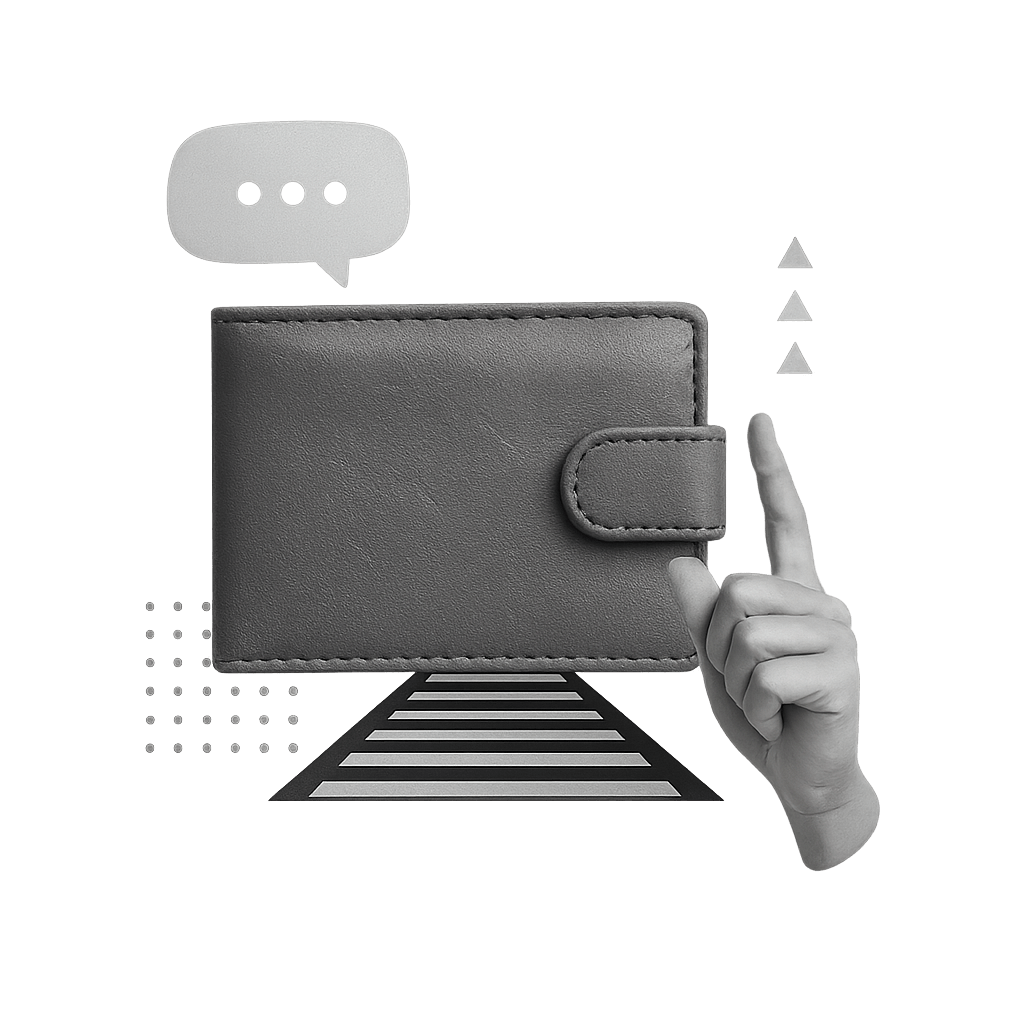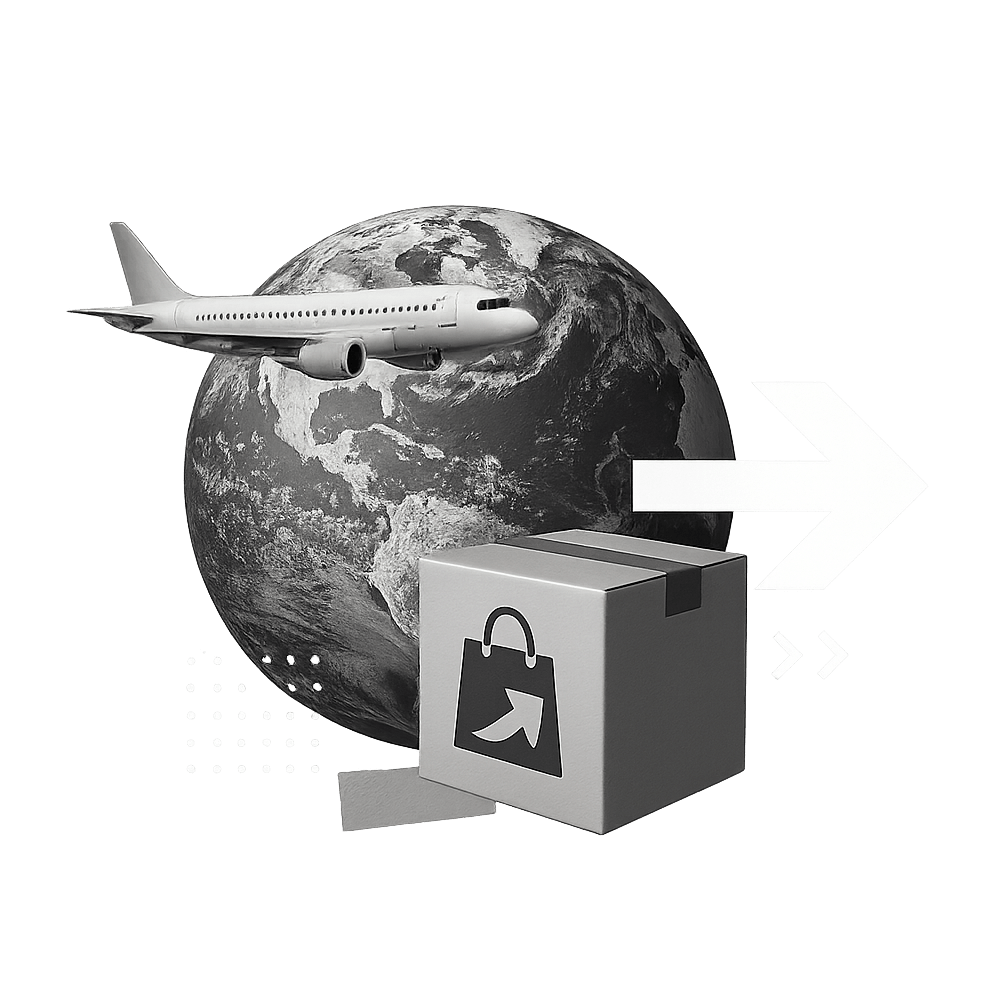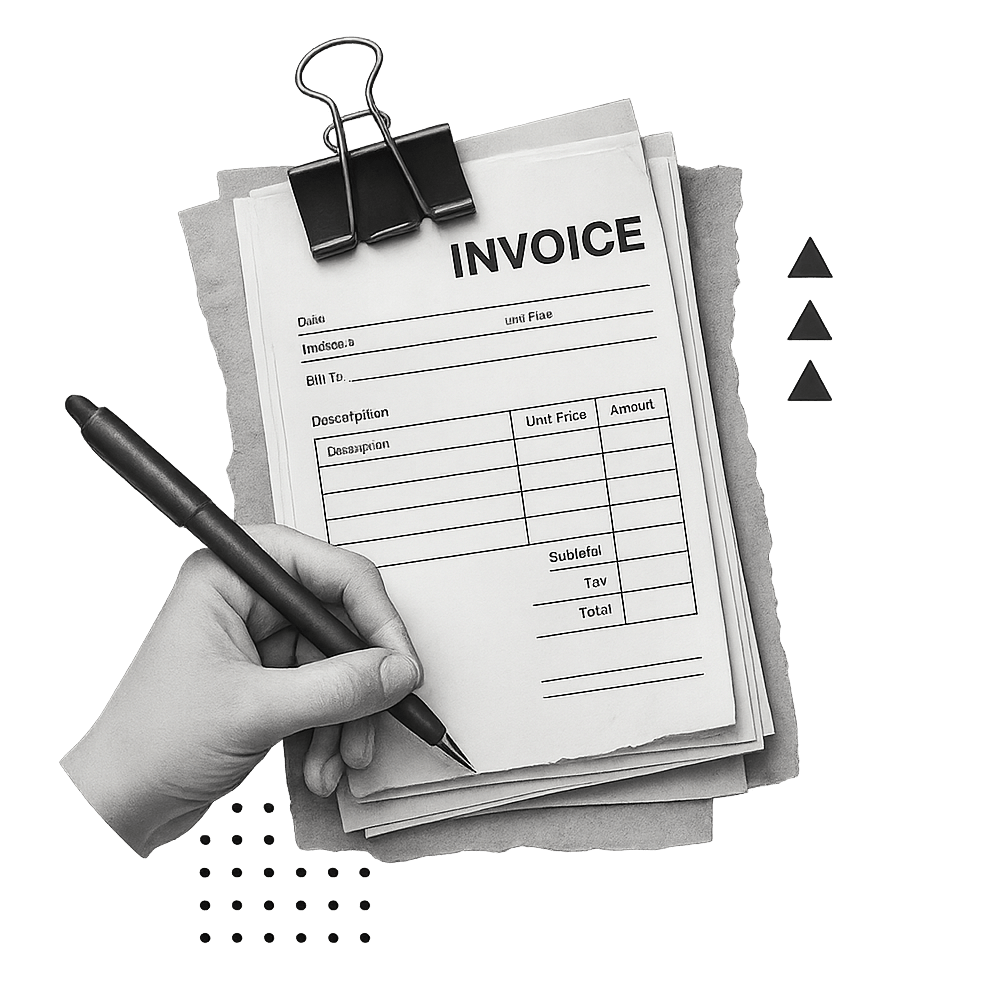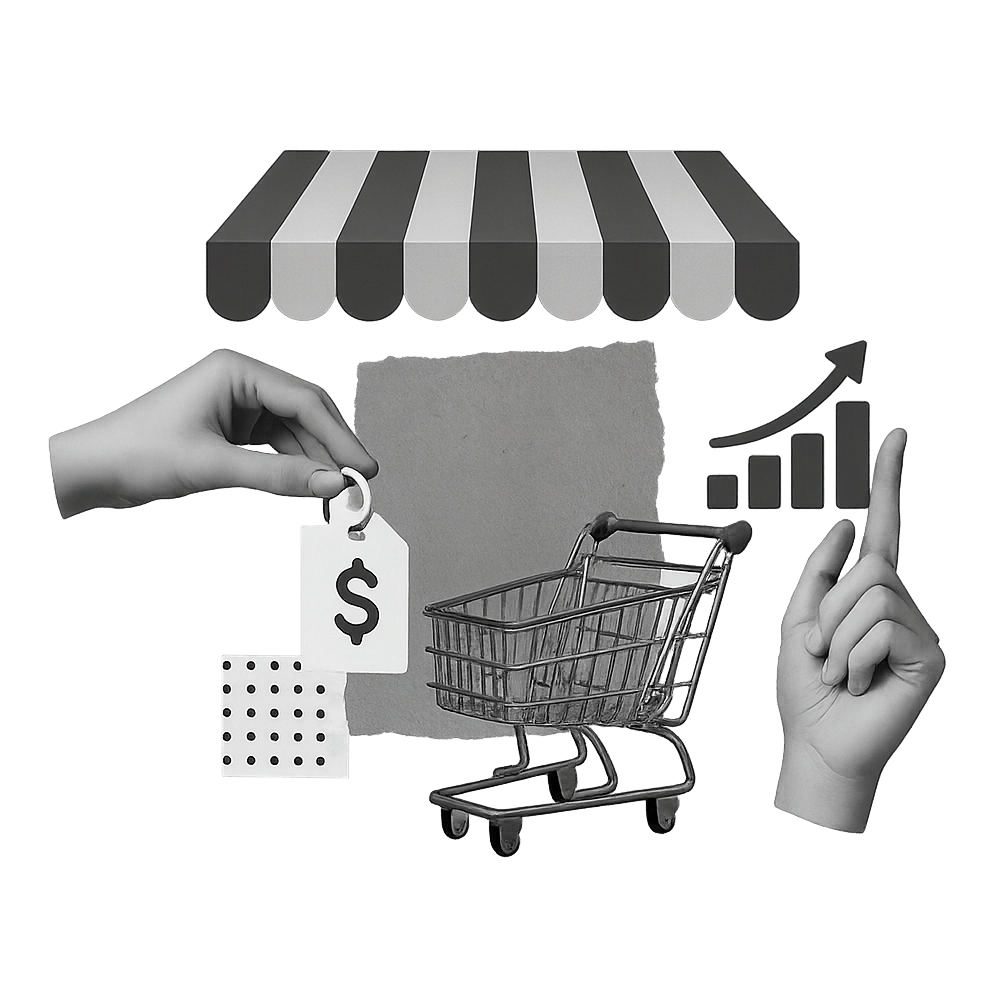Grow conversion with alternative payment methods
Offer local rails your customers already trust. Add bank transfers, wallets, and mobile money alongside Visa, Mastercard, and JCB in one API.



Meet customers where they pay
Cards are not the default everywhere. Alternative payment methods lift checkout completion in markets where bank transfers, instant schemes, and mobile wallets dominate. Billrail routes by country, device, and ticket size so buyers see familiar options and you see higher approved payments. Start with core cards and switch on local methods as you expand, without rewriting your checkout or back office.
From smart routing to clear settlement
Pick methods per market, present the best mix, reconcile in one place.
1. Select by country and device
Choose which methods to show by region, currency, and channel. We detect device context and present the highest-converting options automatically.
2. Branding and UX
Keep a consistent hosted experience with your logo and colors. Add references and fields your finance team needs for matching and reporting.
3. Security and compliance
We apply required authentication for each rail and keep sensitive data off your systems. Statuses and evidence flow to your dashboard and webhooks.
4. Reconciliation and payouts
APMs settle on different timelines. We normalize statuses, fees, and payout schedules so finance gets a single view across cards and local methods.
5. Rollout and testing
Enable a method for a subset of markets first. Compare approval rates and cost, then scale with feature flags—no code freeze.
See your flow end to end
Bring your stack and use cases. We'll map auth, capture, refunds, settlement, and reporting so you know exactly what goes live.
APMs that match your markets
Switch on what moves revenue in each region.

Cross-border retail
Show bank-to-bank and wallet options where cards underperform. Reduce drop-off at checkout and capture new buyers without local entities.

Services and invoices
Let buyers pay with their domestic rail from links or QR. Faster collection, fewer unpaid invoices, cleaner reconciliation.

Marketplaces and P2P
Fund and settle with the rails users trust. Combine APM collection with split payouts and reserves for transparent seller balances.
Questions about alternative payment methods (APM)
Answers to the most common queries from product and payments teams.
Which alternative payment methods are available in Europe?
In Europe, customers rely on bank-to-bank and wallet rails beyond cards. Popular options include Bizum in Spain, iDEAL in the Netherlands, Bancontact in Belgium, BLIK in Poland, Sofort/Klarna and Giropay in Germany, and Swish in Sweden. Offering these local payment methods raises conversion and helps meet PSD2 SCA requirements.
What local payment methods work best in Latin America?
LATAM is voucher- and transfer-heavy. Brazil leads with Pix and Boleto, Mexico with SPEI and OXXO, Colombia with PSE, and Peru with PagoEfectivo. Regional wallets like Mercado Pago also drive adoption. Merchants adding these rails often see higher completion than with cards alone.
How does mobile money work in Africa for ecommerce payments?
Mobile money dominates many African markets. M-Pesa in Kenya and neighboring countries, MTN MoMo, Orange Money, and EcoCash allow buyers to pay instantly from phones or agent networks. For merchants, this unlocks ecommerce growth where card penetration is low.
What is UPI in India and why is it important?
UPI (Unified Payments Interface) is India's real-time bank transfer system used by apps like BHIM, PhonePe, and Google Pay. It processes billions of transactions monthly, supports mandates and collect requests, and is now extending to credit cards like RuPay. Accepting UPI is essential for reach and approval rates in India.
Which wallets are most used in Pakistan?
Easypaisa and JazzCash dominate Pakistan's digital payments. They allow ecommerce, bill pay, and wallet top-ups, replacing cash-on-delivery in many cases. Integrating these wallets helps merchants reach customers without cards or bank accounts.
Which alternative payment methods are common in Southeast Asia?
In APAC, top methods include FPX in Malaysia, PromptPay in Thailand, PayNow in Singapore, GCash in the Philippines, GrabPay regionally, plus Alipay and WeChat Pay for Chinese customers. In Japan, Konbini cash payments remain essential for retail.
How do refunds and settlements work with APMs?
Each APM has its own timeline. Some settle instantly (Pix, UPI), others in T+1 to T+3 cycles (Bancontact, iDEAL). Refunds are possible in full or partial amounts, depending on the rail's rules. Billrail unifies statuses, fees, and payout schedules in one dashboard.
Can I combine cards and APMs in one checkout?
Yes. Merchants can present Visa, Mastercard, JCB together with APMs. Routing rules define which options show based on market, device, and amount. If a local rail fails, the fallback is card payment.

Go live in days
Start with cards and add the methods that fit each market. Keep cost, risk, and experience in one place from day one.